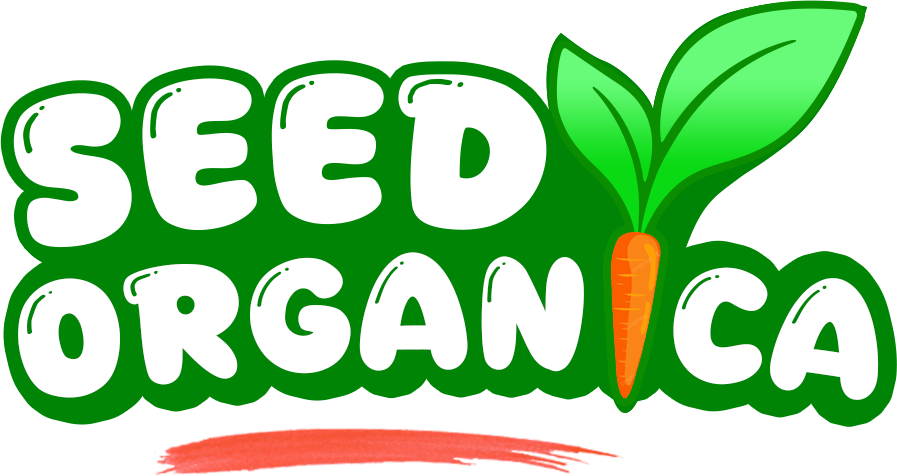Blackberry Lily Seeds – Unique Spotted Blooms
-
Estimated Delivery:Oct 22 - Oct 26
-
Free Shipping & Returns on all orders.
Blackberry Lily, also known for its striking orange flowers with red speckles, is a hardy perennial that adds a touch of elegance and texture to any garden. Its name comes from the glossy black seed clusters that resemble blackberries, appearing after the vibrant flowers fade. This plant is admired for both its ornamental blooms and decorative seed pods, making it a dual-purpose favorite in landscape design. Easy to grow and low-maintenance, the Blackberry Lily thrives in sunny spots and well-drained soil, providing long-lasting beauty from mid-summer through early fall.
Features:
-
Produces vivid orange blooms with red spots.
-
Forms decorative seed clusters resembling blackberries.
-
Perfect for borders, cottage gardens, and ornamental beds.
-
Drought tolerant and low maintenance once established.
-
Attracts pollinators such as butterflies and bees.
-
Excellent as both a flowering and seed-display plant.
Specifications:
-
Scientific Name: Iris domestica (formerly Belamcanda chinensis)
-
Common Name (US): Blackberry Lily
-
Plant Type: Perennial
-
Bloom Color: Orange with red spots
-
Bloom Time: Mid-summer to early fall
-
Plant Height: 24–36 inches (60–90 cm)
-
Plant Spread: 12–18 inches (30–45 cm)
-
Sunlight Requirement: Full Sun to Partial Shade
-
Soil Type: Well-drained, average garden soil
-
Watering Needs: Moderate; allow soil to dry slightly between waterings
-
Germination Time: 14–21 days
-
Days to Maturity: 90–120 days
-
Sowing Method: Start indoors 6–8 weeks before last frost or direct sow after frost danger has passed
-
Spacing: 12–18 inches apart
-
Growing Season: Spring to Fall
-
USDA Hardiness Zones: 5–10
-
Best Planting Months (by Zone):
-
Zones 5–6: April to May
-
Zones 7–8: March to April
-
Zones 9–10: February to March
-
-
Special Note: Seed pods remain attractive after blooming, perfect for dried floral arrangements.
-
Uses: Garden borders, ornamental displays, pollinator gardens, and dried arrangements

















